10 Fun and Freaky Facts About Insects
10 Fun and Freaky Facts About Insects
1. Insects are Ancient
Insects have roamed the planet for millions of years. Some of the most notable pre-historic creepy crawlers include:
- Meganeura Dragonflies – with a wingspan of 2 feet (65cm), these prehistoric dragonflies were the size of hawks and had a predatory nature, swopping in and capturing prey to devour.
- Cockroaches – Two ancestors of the modern cockroach, the Mulleriblattina bowangi and the Crenocticola svadba, were discovered preserved in amber in a cave in the Hukawng Valley in Myanmar, between China and India. When dated, these specimens were found to be 99 million years old! This means that they were alive and thriving during the Cretaceous Period spanning 66 to 145 million years ago.
- Bed Bugs – After 15 years of analyzing the DNA of 34 bed bug species collected from 62 different locations, a team of researchers managed to confirm that bed bugs have existed for over 100 million years. As such, it appears as though bed bugs may have originally feasted on dinosaur blood for sustenance.
- Mosquitos – these bloodsuckers have been on Earth for over 45 million years, long before the appearance of homo sapien sapiens (modern humans).
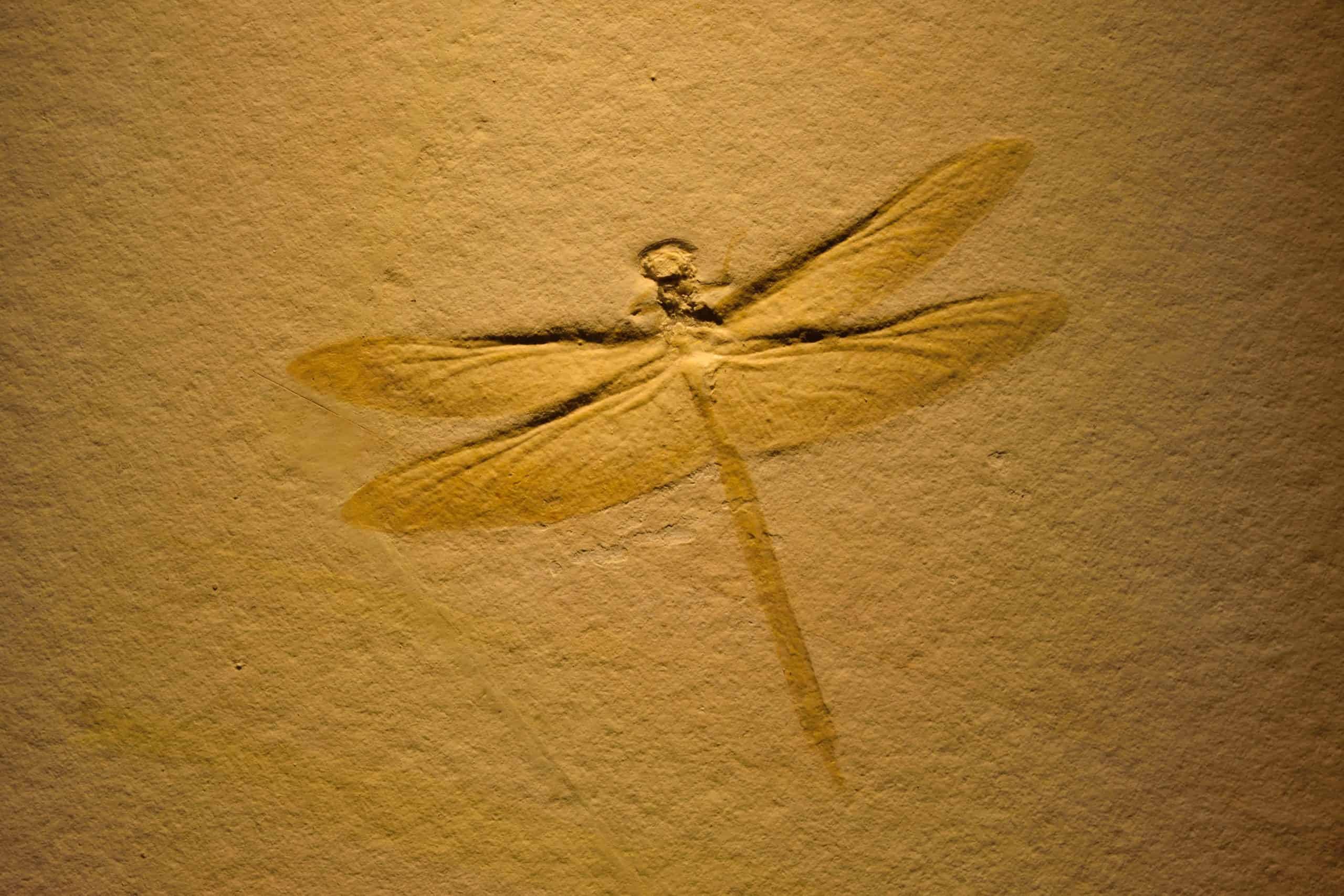
2. Ticks Can Significantly Change Size
Ticks are parasitic insects meaning that they feed off of other living beings in order to survive. In particular, ticks suck on the blood of different mammals as sustenance. While this alone is a rather disgusting idea, it becomes even more repulsive when the ticks become engorged with these sanguine meals. Rather than eating to their relative body size, these nasty arachnids actually expand and bloat to the size of their meals. In some cases, this can lead to a tick the size of a grain of rice bubbling up to the size of a marble when full.
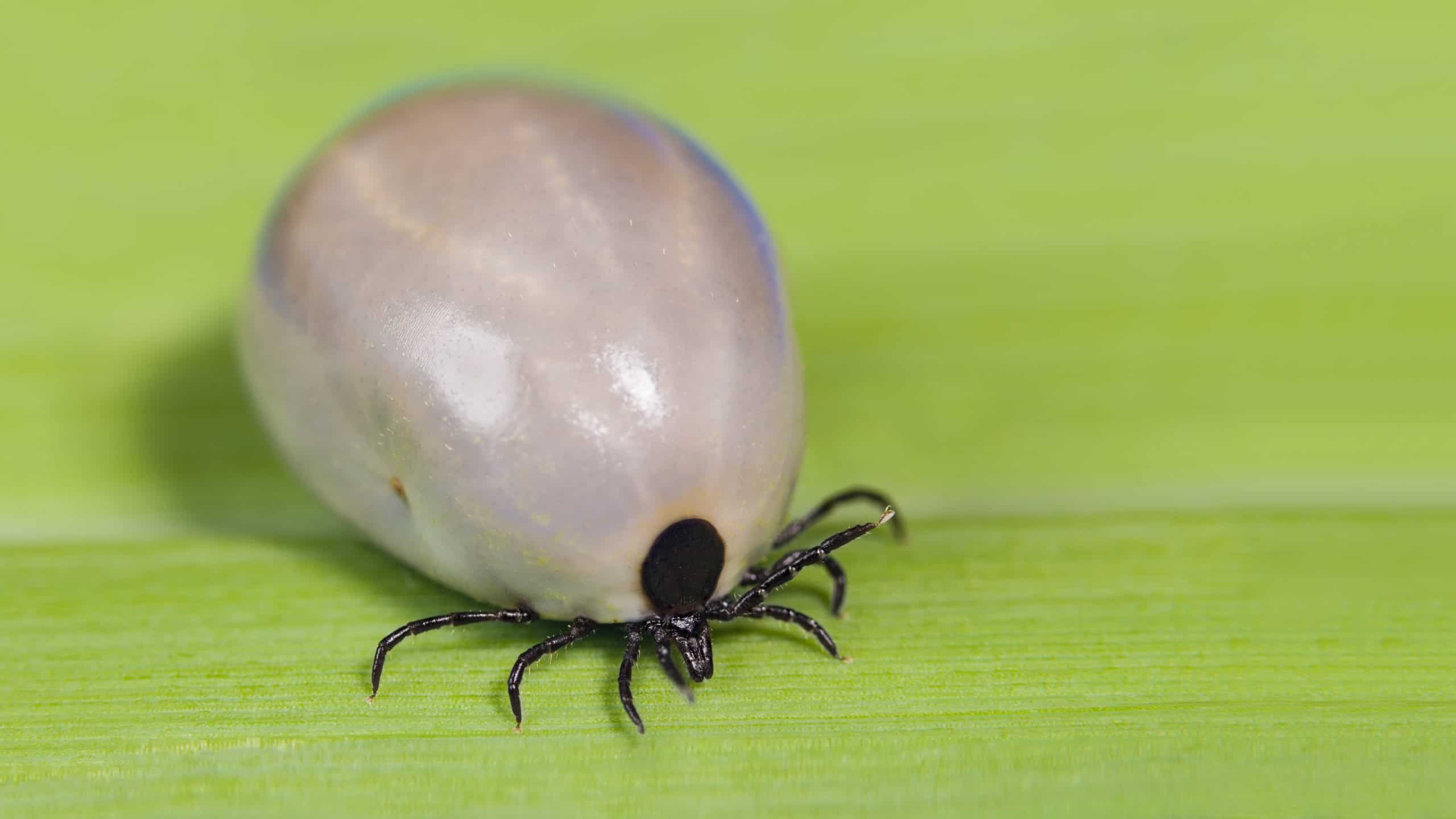
3. Ants Have the Largest Population Worldwide
On Earth today, there are approximately 1 quadrillion (1,000,000,000,000,000) ants, made up of 12,000 different species. With such an insanely large population, these pests actually massively outnumber all other creatures on our plant. In fact, in comparison, there are only a mere 7.85 billion (7,850,000,000) humans alive today.
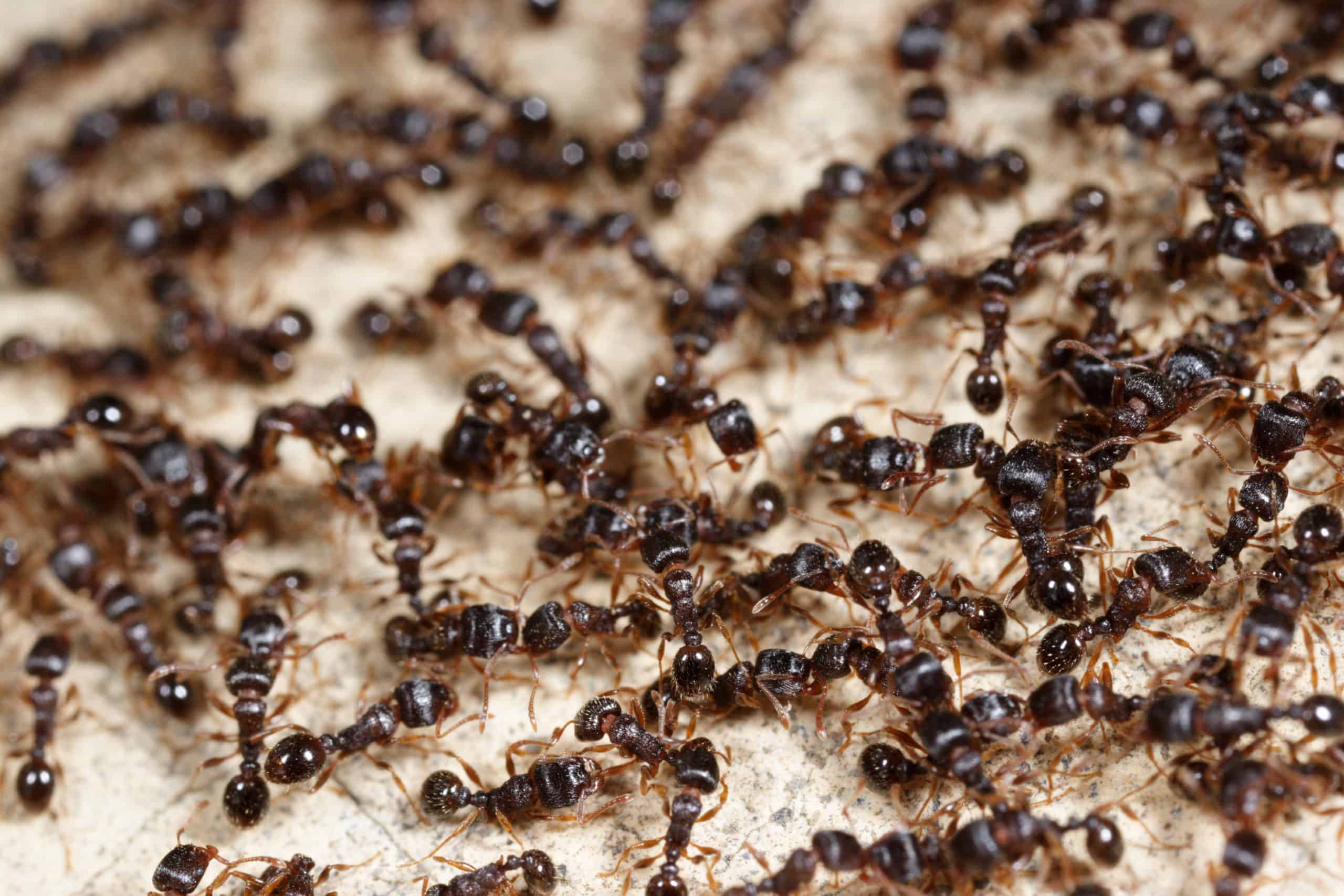
4. Insects Breathe Differently
Humans and mammals all have the ability to breathe through the use of lungs that take in air… but insects lack these organs and, therefore, have a completely different mechanism of breathing. Insects use a series of holes along the length of their bodies that take oxygen into tubes called tracheoles. These tracheoles then diffuse the oxygen on a cellular level throughout the insect.
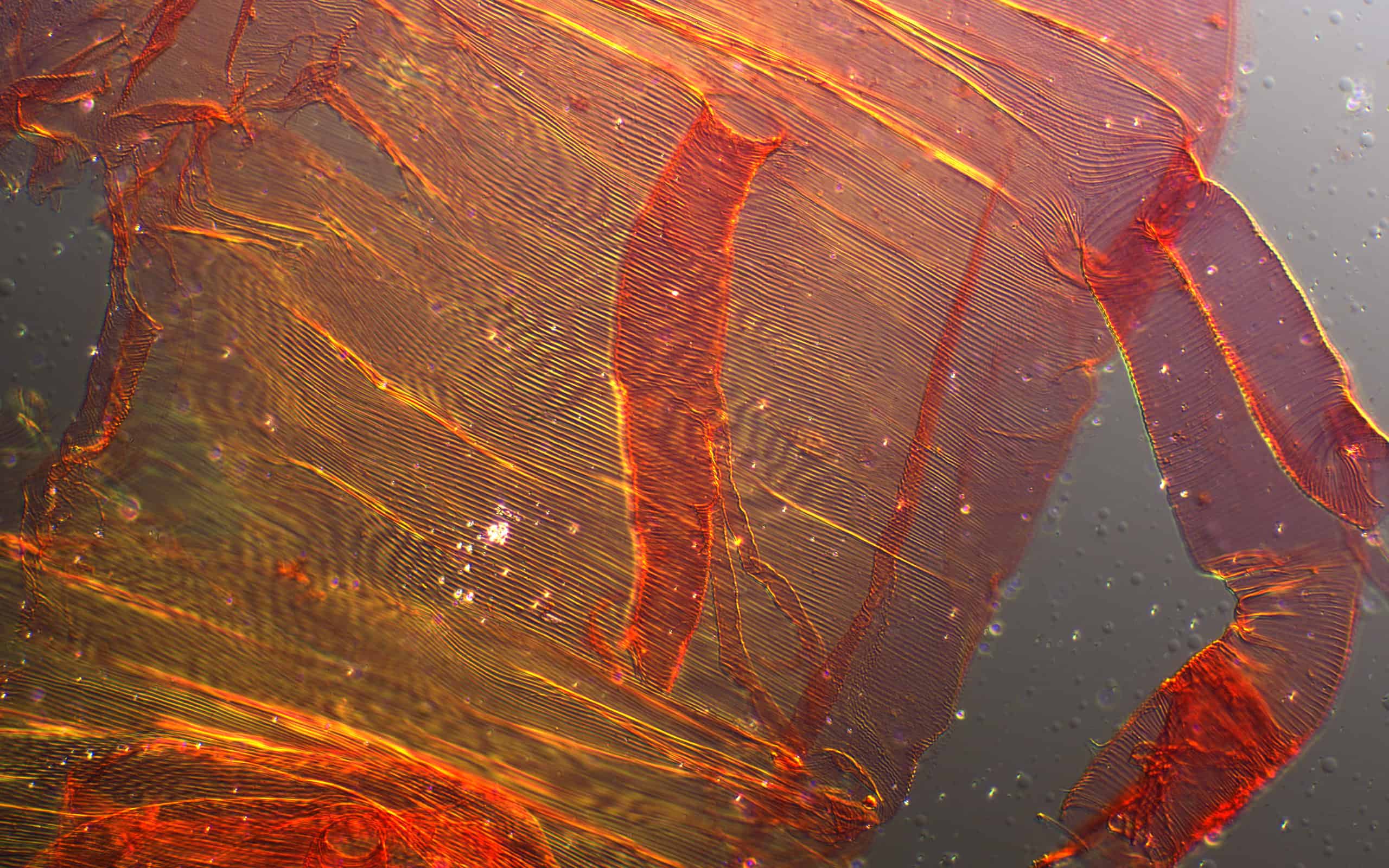
5. Bonus Eyes
Most insects have what are known as ‘compound eyes’ which are two separate, large bulbs which appear to be broken up into hundreds of tiny units called ommatidia that create a nearly 360-degree cohesive image of their surroundings. However, in addition to these eyes, many insects also have additional “bonus eyes.” These eyes are called ocelli and are considered “simple eyes” as they can only detect changes in light and are unable to perceive the complexity of visual images. Depending on the particular species of insect, each individual will have roughly 2-3 ocelli located on their face or backs.
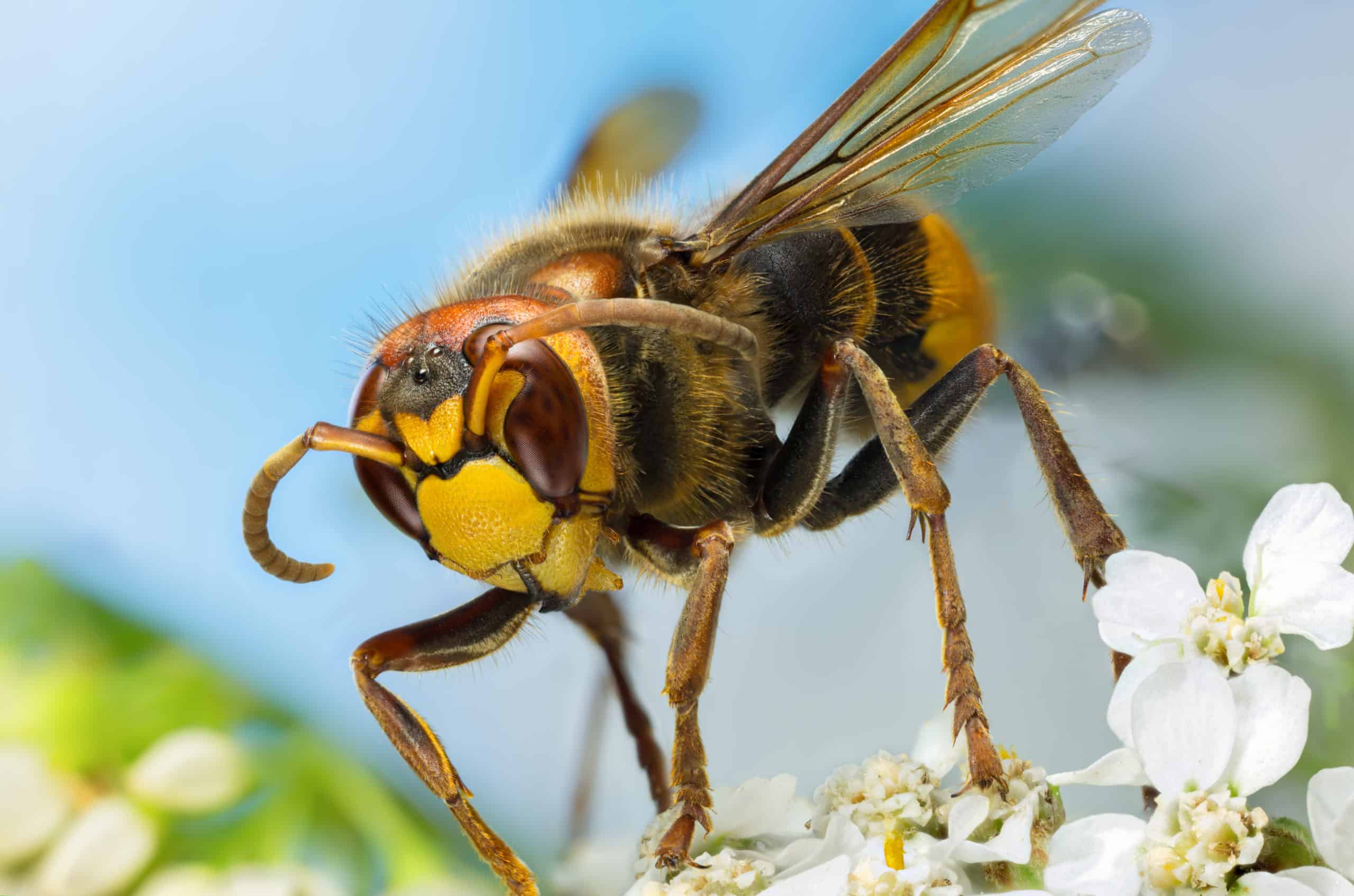
6. Honeybees Make Mathematically Perfect Honeycomb
Honeybees manage to form these waxy hexagonal structures with near mathematical perfection. Each of the edges of the hexagons are roughly 0.1 mm thick and are arranged into an exact 120° angle. Not only is this geometry incredibly impressive, but it is extremely beneficial for the storage of honey and efficiency of hive space overall. Hexagons can fit together with one another without leaving any gaps or requiring more wax to sustain the shapes. Since the hexagons share walls with one another and are packed so tightly together, they form a strong usable structure without wasting any materials or space.
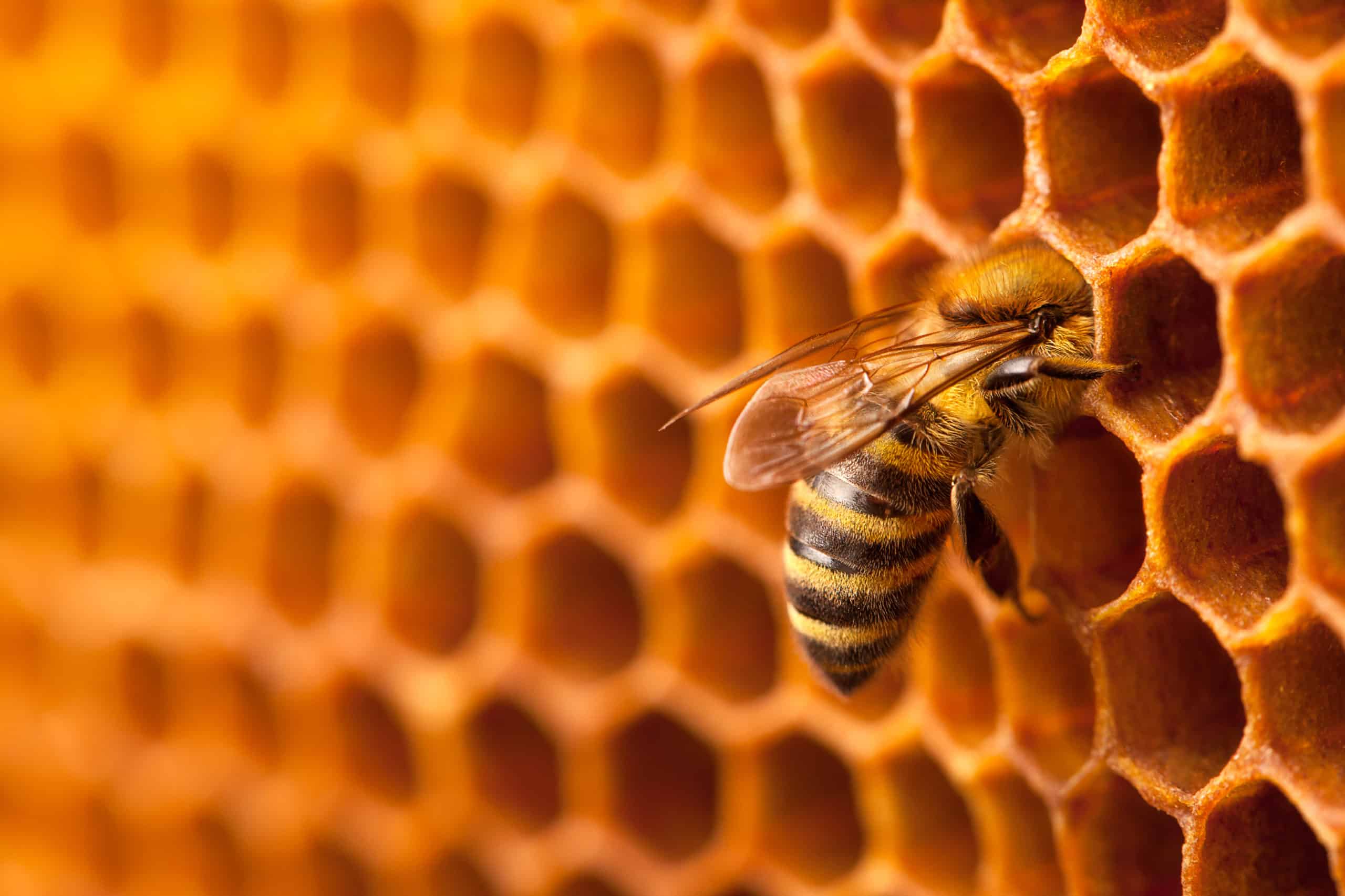
7. Dragonflies vs. Damselflies
While these two creatures look very similar and are often mistaken for one another, dragonflies and damselflies are actually two different species. Both are members of the insect order Odonata, meaning ‘toothed one,’ but dragonflies are a subspecies called Anisoptera, while Damselflies are in the Zygoptera subspecies.
Dragonflies are typically much larger than their cousins with bulky bodies and a more compact overall physique. Whereas, the damselfly is so named for it’s far more elegant and soft appearance. Their bodies are long and spindly, roughly the shape of a narrow twig. When they are darting around in the air, it is very difficult to actually discern these different nuances in appearance. However, when these Odonata are at rest, there are several telltale signs as to which is which. Dragonflies land with their wings open, displaying their four wings perpendicular to their bodies. In contrast, with the damselflies, their wings are held parallel to their bodies and folded in together at rest.
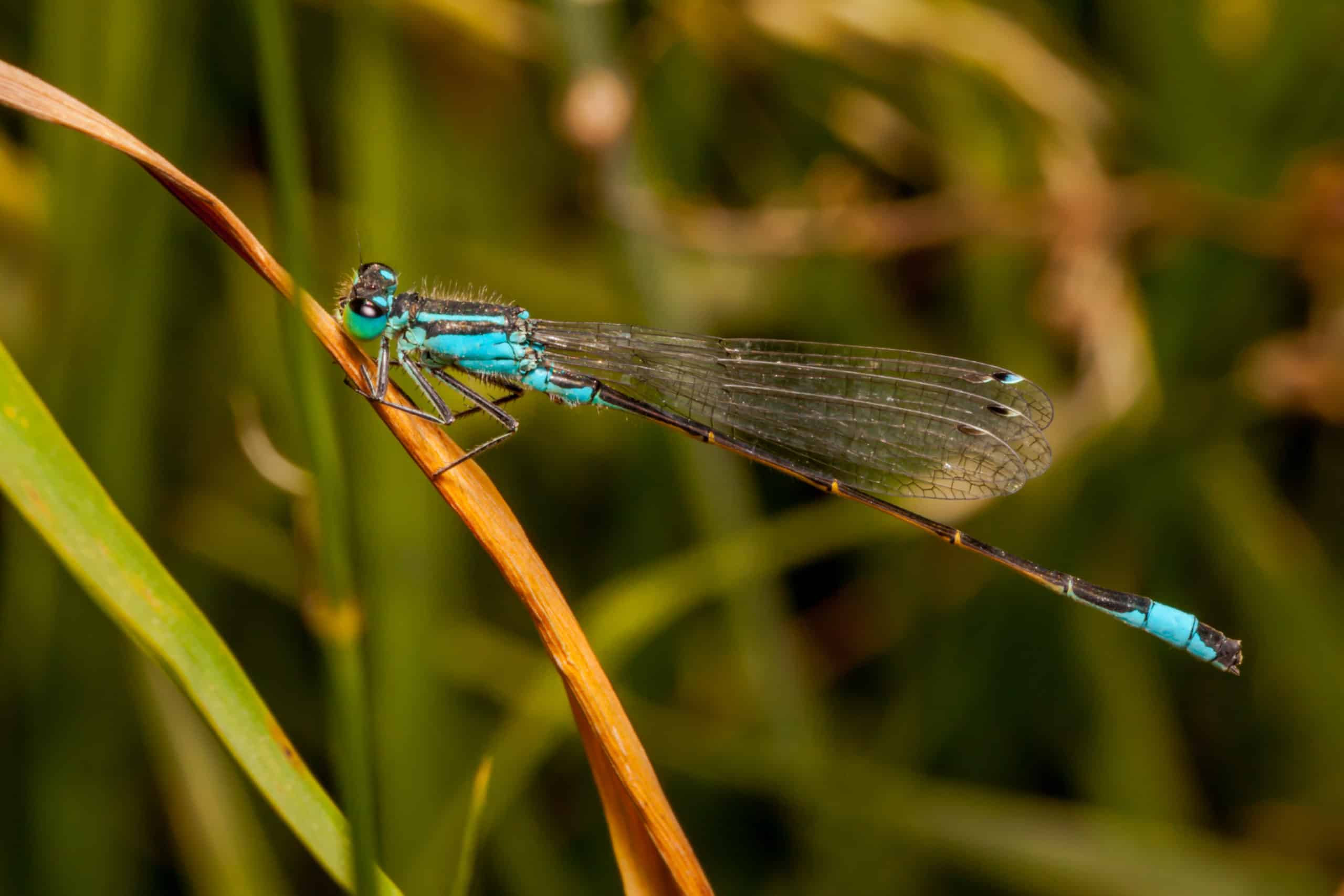
8. Spiders are Not Insects
Spiders are often categorized with other insects due to their vast amount of similarities, however, they are technically not “part of the club,” per se. According to taxonomy, which is the scientific identification and classification of organisms through the use of hierarchical categories, insects (or Insecta) is a class of creatures within the phylum Arthropoda. Spiders are also arthropods, but they are part of a separate class known as Arachnida (arachnids). Members of this class are characterized by eight legs, simple eyes (instead of compound eyes), lacking antennas and wings, and segmented bodies broken down into two parts (unlike the three in insects). Other arachnids that are often confused with or grouped with insects include ticks, scorpions, and mites.
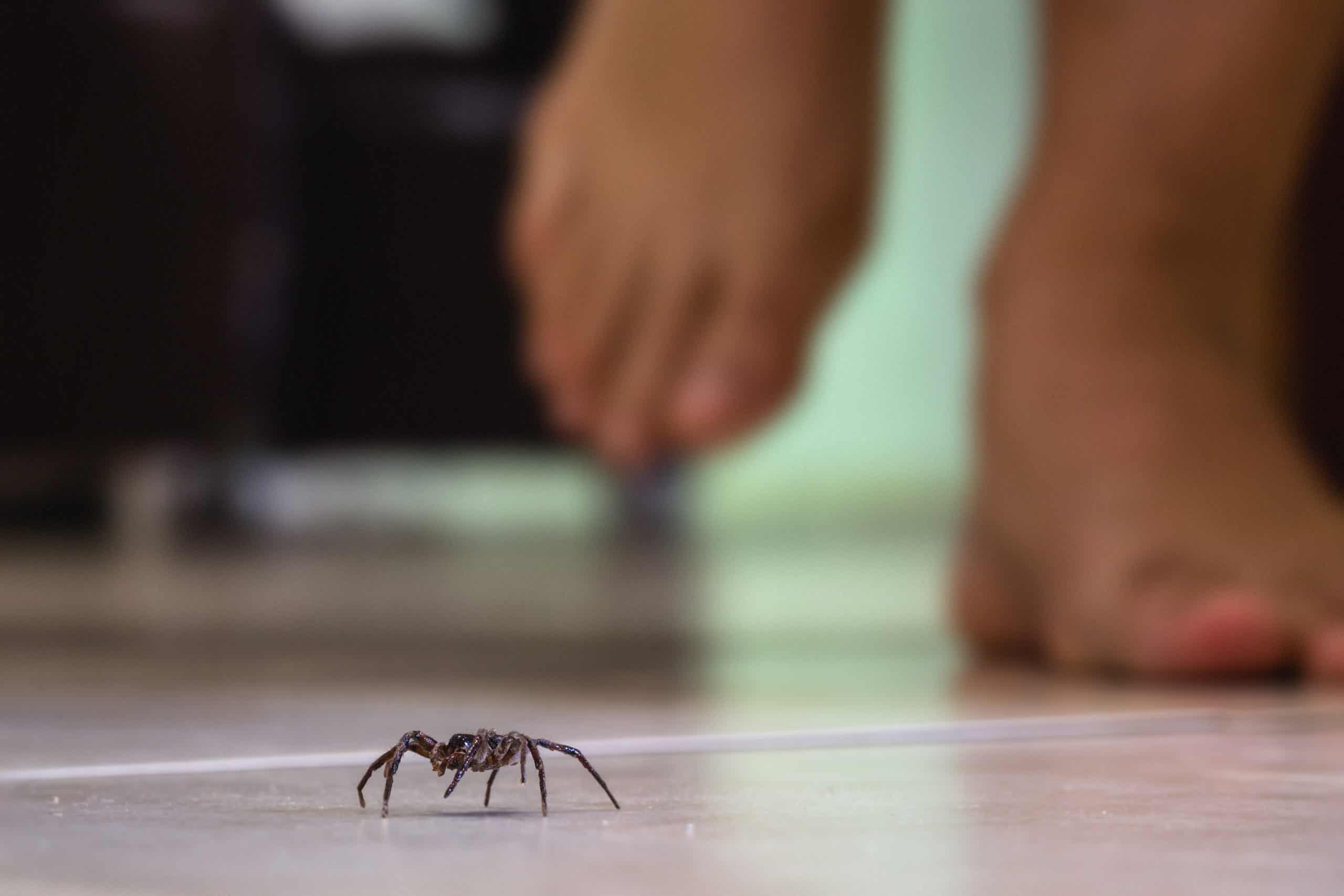
9. Insects Can Hibernate
During winter, insects seem to disappear, but this is actually not true. While some insects migrate, and others just hunker down in shelter to wait out the cold weather, some undergo a kind of hibernation known as diapause. Similar to bears and other hibernating creatures, these insects will enter a state of extraordinarily deep sleep in which their metabolic processes slow to a stop. At this time, the bug survives off of stored energy which can last up to a year for some creatures. Eventually, when warmer weather begins to return, the insects will awaken.

10. How Many Insect Species Exist?
As stated above, ants alone have approximately 12,000 different species. Furthermore, there are roughly 3,500 different species of mosquito, 30,000 species of wasps, and over 4,000 species of cockroaches. Just combining the numbers of these 4 types of insects displays the shockingly vast amount of insect species that exist in the world today. However, not all insects have been discovered as of yet and it is estimated that our ‘known and classified’ insects only encompass of fraction of the true number of species. Based on current and former studies, there are approximately 900 thousand different species of insects, but experts suggest that there is between 2 million and 30 million more that are yet to be discovered and assigned a species name.
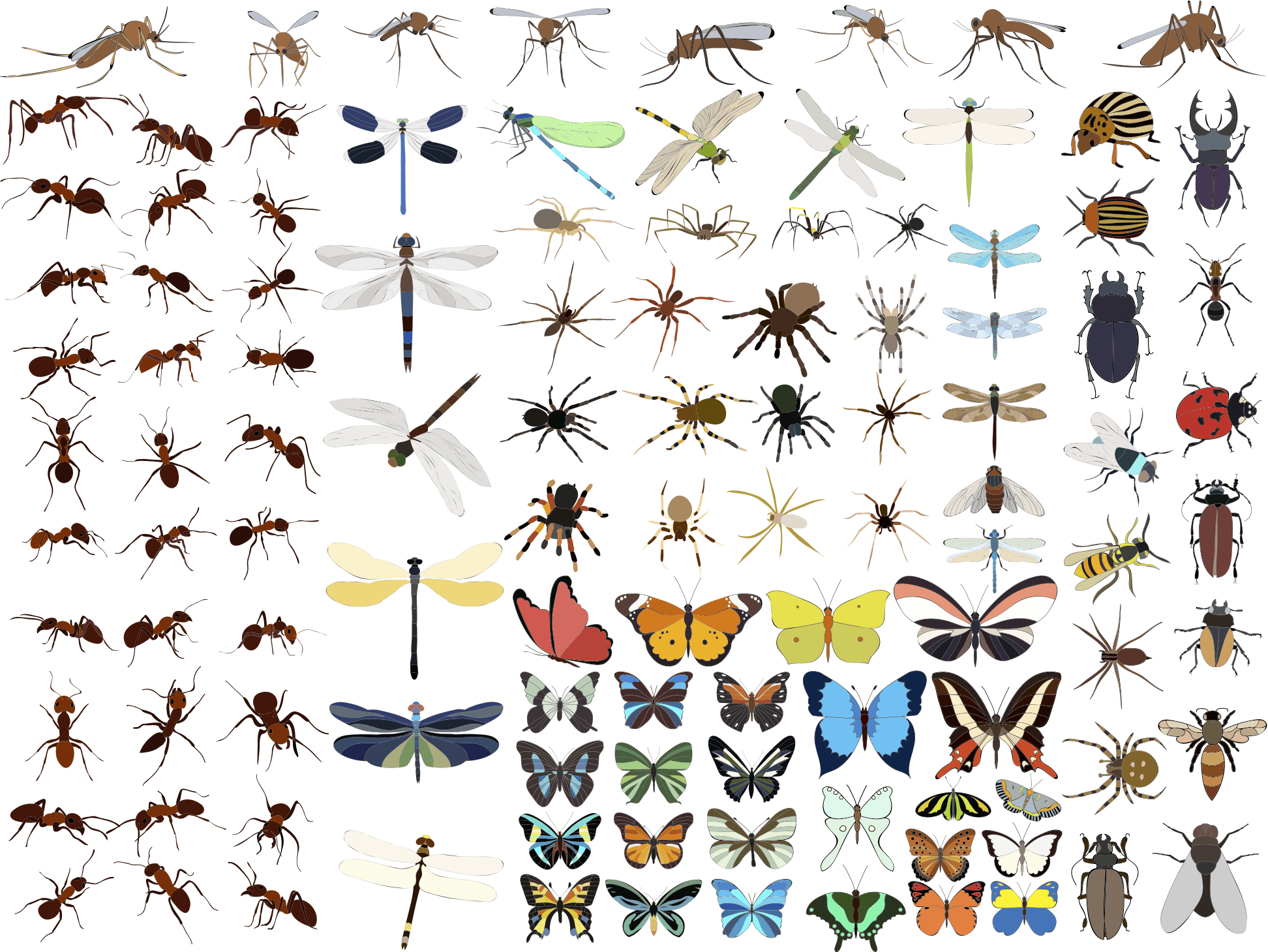
Citations
Blevins, M. and Hiskey, D. (2019) Where Do Insects Go in the Winter?, YouTube. Today I Found Out. Available at: https://www.youtube.com/watch?v=KHc19HHERAo (Accessed: June 2020).
Buschbeck, E. K. and Friedrich, M. (2008) Evolution of Insect Eyes: Tales of Ancient Heritage, Deconstruction, Reconstruction, Remodeling, and Recycling, BioMed Central. Springer Nature. Available at: https://evolution-outreach.biomedcentral.com/articles/10.1007/s12052-008-0086-z (Accessed: May 17, 2021).
The Compound Eye (2014) Biology Pages. Available at: https://www.biology-pages.info/C/CompoundEye.html (Accessed: May 17, 2021).
The 3 Coolest Things Built by Bugs (2013) YouTube. SciShow. Available at: https://www.youtube.com/watch?v=I8fLnDbWkg&list=PLB3FCEEAC84884760&index=78 (Accessed: June 2020).
C, R. (2018) How Many Ants Live on Earth and # More Interesting Ant Facts, Ants.com. Available at: https://ants.com/how-many-ants-live-on-earth-and-more-interesting-ant-facts/ (Accessed: April 7, 2021).
Current World Population (no date) Worldometer. Available at: https://www.worldometers.info/world-population/ (Accessed: April 22, 2021).
Debczak, M. (2019) What’s the Difference Between Bugs and Insects, Mental Floss. Available at: https://www.mentalfloss.com/article/579236/whats-difference-between-bugs-and-insects (Accessed: October 2020).
The Difference Between an Insect and an Arachnid (2020) Allan’s Pet Center. Available at: https://allanspetcenter.com/the-difference-between-an-insect-and-an-arachnid/ (Accessed: October 2020).
Egnoto, C. (2017) All About Dragonflies and Damselflies, YouTube. Nature Now. Available at: https://www.youtube.com/watch?v=eyFg59V2eHA (Accessed: June 2020).
Ferreira, B. (2019) “Bed Bugs Menaced the Dinosaur Age Before Moving into Our Mattresses,” The New York Times, 16 May. Available at: https://www.nytimes.com/2019/05/16/science/bedbugs-dinosaurs-evolution.html
Hadley, D. (2019) How to Distinguish Between a Dragonfly and a Damselfly, Thought Co. Available at: https://www.thoughtco.com/difference-between-a-dragonfly-and-a-damselfly-1968359 (Accessed: June 2020).
Heimbuch, J. (2020) How to Tell the Difference Between a Dragonfly and a Damselfly, Treehugger. Available at: https://www.treehugger.com/how-to-tell-difference-between-dragonfly-and-damselfly-4864536 (Accessed: June 2020).
Hughes, V. (2008) Did the Dinosaurs Bug Out?, The Smithsonian Magazine. The Smithsonian Institute. Available at: https://www.smithsonianmag.com/science-nature/did-the-dinosaurs-bug-out-180940839/ (Accessed: October 2020).
Introduction to the Odonata (N/A) Berkeley University of California. UC Museum of Paleontology. Available at: https://ucmp.berkeley.edu/arthropoda/uniramia/odonatoida.html (Accessed: June 2020).
“Mechanism for analogous illusory motion perception in flies and humans” by Margarida Agrochao, Ryosuke Tanaka, Emilio Salazar-Gatzimas and Damon A. Clark, 24 August 2020, Proceedings of the National Academy of Sciences.
Miorelli, N. (2015) Through the Compound Eye, Ask an Entomologist. Available at: https://askentomologists.com/2015/02/25/through-the-compound-eye/ (Accessed: May 17, 2021).
Numbers of Insects (Species and Individuals) (no date) Smithsonian Institution. Available at: https://www.si.edu/spotlight/buginfo/bugnos (Accessed: May 25, 2021).
Parasites – Leishmaniasis (2020) Centers for Disease Control and Prevention. The United States Department of Health & Human Services. Available at: https://www.cdc.gov/parasites/leishmaniasis/index.html (Accessed: October 2020).
Poinar, R. and Poinar, G. (2008) What Bugged the Dinosaurs? – Insects Disease, and Death in the Cretaceous. Princeton University Press.
Riley, C. (2016) What If We Killed All the Mosquitos, YouTube. SciShow. Available at: https://www.yotuube.com/watch?v=e0NT9i4Qnak (Accessed: June 2020).
Taxonomy (2020) Basic Biology. Available at: https://basicbiology.net/biology-101/taxonomy (Accessed: October 2020).
Warshaw, B. (2018) What’s the Difference Between a Bug and an Insect?, What’s the Difference? Available at: https://www.whatsthediff.org/blog/2018/12/11/whats-the-difference-between-a-bug-and-an-insect/ (Accessed: October 2020).
What is a Bug? Insects, Arachnids, and Myriapods (no date) The Museum of New Zealand. Available at: https://www.tepapa.govt.nz/discover-collections/read-watch-play/science/your-bug-questions-answered/what-bug-insects-arachnids (Accessed: October 2020).
Why Aren’t There Giant Insects? (2012) SciShow. Available at:
https://www.youtube.com/watch?v=179FuGuk1qE&list=PLB3FCEEAC84884760&index=50 (Accessed: May 2020).
Wu, K. (2020) Oldest Known Cave-Dwellers Are 99-Million-Year-Old Cockroaches, The Smithsonian Magazine. SmartNews. Available at: https://www.smithsonianmag.com/smart-news/99-million-year-old-cockroaches-are-oldest-known-cave-dwellers-180974284/ (Accessed: June 2020).
Yale University Starr (2020) Optical Illusions Have Long Mystified Neuroscientists – Now Explained in a Fly’s Eyes, SciTechDaily. Yale University. Available at: https://scitechdaily.com/optical-illusions-have-long-mystified-neuroscientists-now-explained-in-a-flys-eyes/ (Accessed: October 2020).
8 Creative Ways to Have a Pest-Free Fourth of July
8 Creative Ways to Have a Pest-Free Fourth of July 8 Creative Ways to Have a Pest-Free Fourth of July Summary: The Fourth [...]
A Simple Guide to Preventing Stinging Pests
A Simple Guide to Preventing Stinging Pests A Simple Guide to Preventing Stinging Pests Summary: Stinging insects are more active in warm weather, [...]
These 10 Natural Mosquito Repellents Can Actually Help
These 10 Natural Mosquito Repellents Can Actually Help These 10 Natural Mosquito Repellents Can Actually Help Summary: Natural mosquito repellents are easier to [...]
How to Get Rid of Carpet Beetles
How to Get Rid of Carpet Beetles How to Get Rid of Carpet Beetles Summary: Carpet beetles are sneaky pests that don’t usually [...]
How Do Roaches Affect Asthma and Allergies?
How Do Roaches Affect Asthma and Allergies? How Do Roaches Affect Asthma and Allergies? Summary: It’s no secret that pests impact human health, [...]
These 5 Carnivorous Pests Might Surprise You!
These 5 Carnivorous Pests Might Surprise You! These 5 Carnivorous Pests Might Surprise You! Summary: There are many eco-friendly ways to prevent pests, [...]

